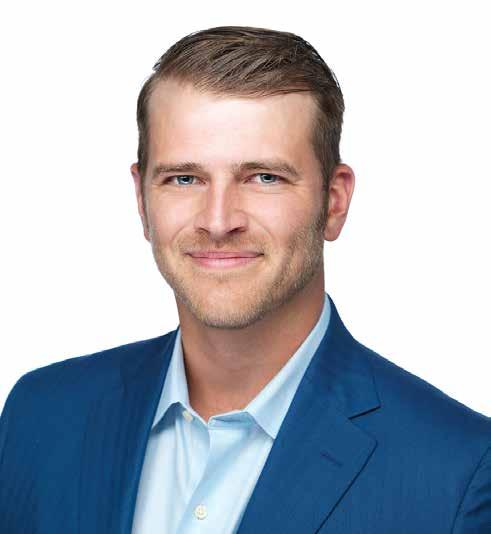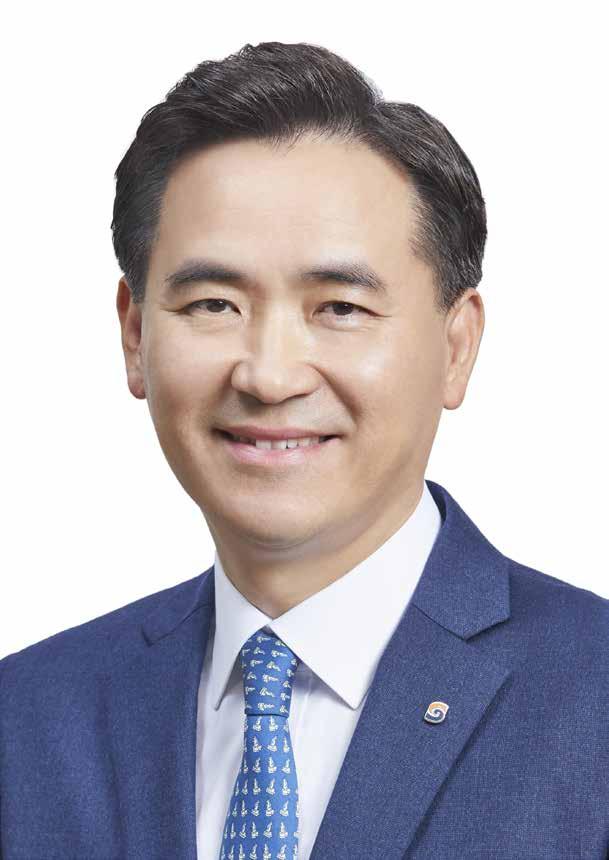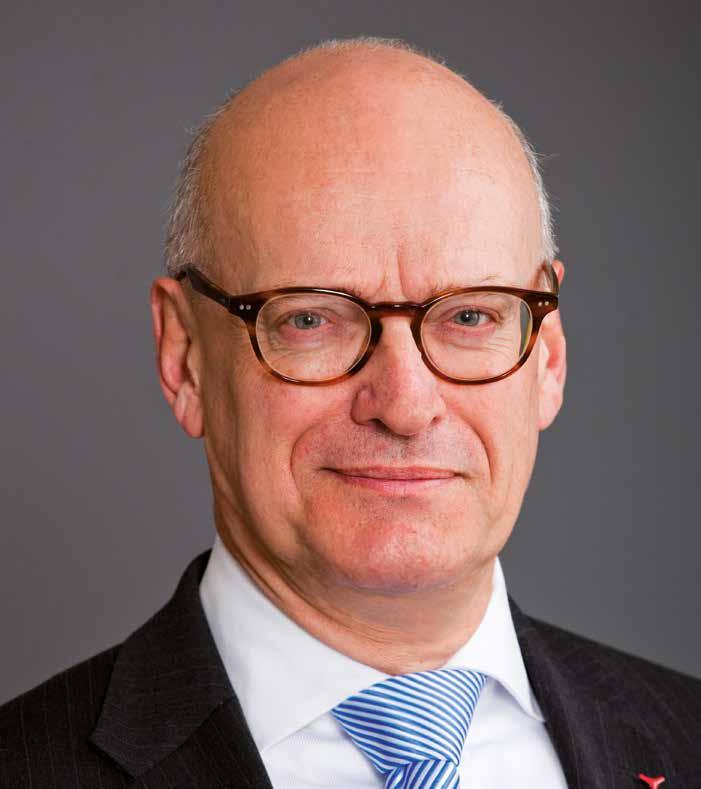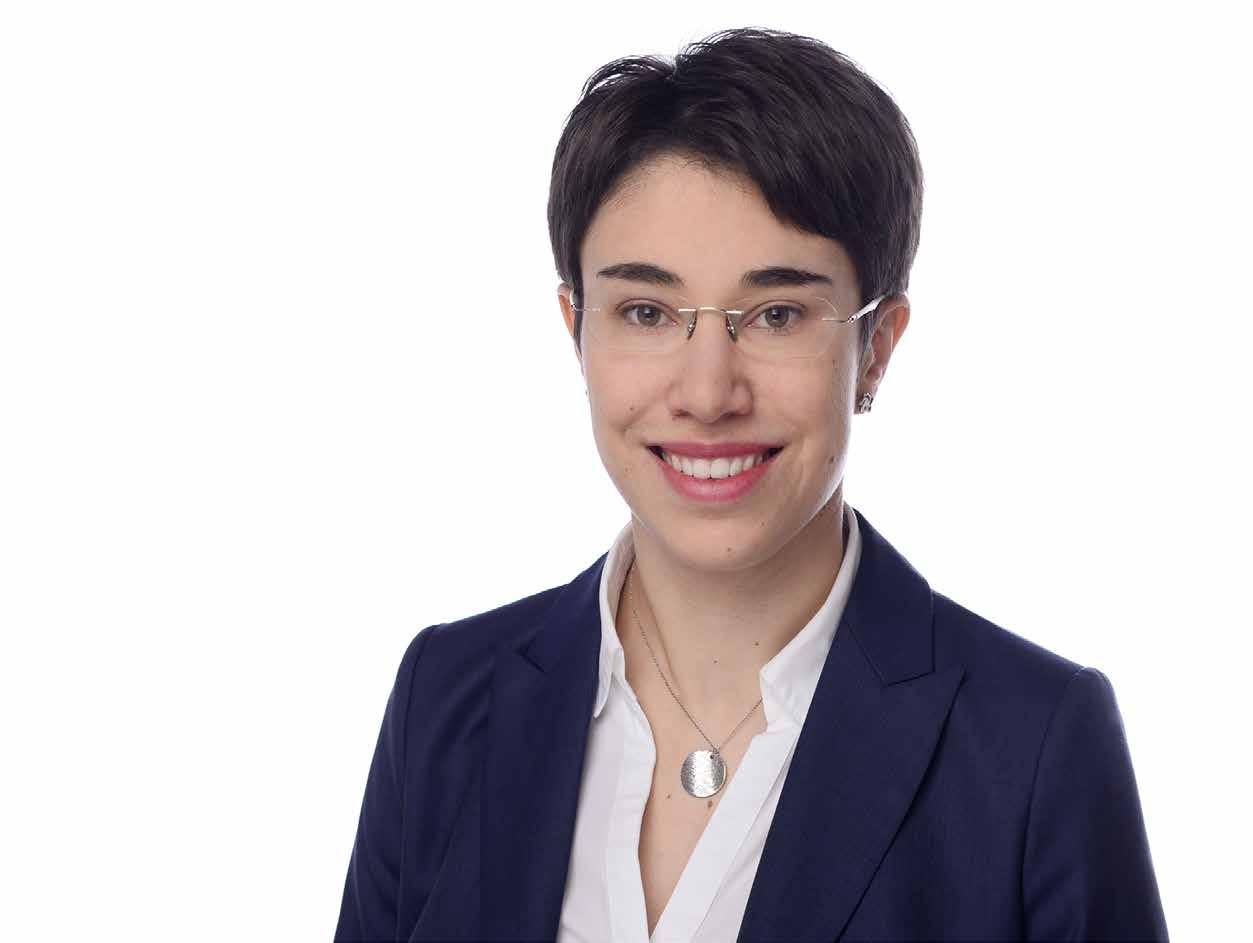
10 minute read
Interview with Lynn Schubert
Interview with Lynn Schubert
Lynn Schubert – A career in Surety
Advertisement
The Surety and Fidelity Association of America (SFAA) has announced that Lynn Schubert will retire as President at the end of 2018. During her 22 years of leadership, she has been very influential in shaping the U.S. surety industry. We are honored that she accepted the opportunity to discuss some of the highlights of her career and to share some insights on the historic and contemporary developments in the U.S. surety industry.
Career highlights
The last 22 years with the SFAA actually are just Lynn Schubert’s time directly with the Association she explains: “I first started working with the SFAA back in 1988 when I joined the American Insurance Association in Washington, DC as the surety and fidelity expert, and AIA lobbied on behalf of the surety and fidelity industry. Joining the SFAA as President in 1996 was a wonderful opportunity to join a successful organization and bring it into a new era.” One of her first achievements was moving the office to Washington, DC in 1997, which according to her: “positioned us for the important work we have accomplished with the federal government, and what we need to do in the future.” In fact, Lynn’s career at the SFAA is marked by many highlights. When asked about some of these highlights, she proudly mentioned that attracting the right people has been one of her contributions to the success of the SFAA: “Staff and direction make an organization, so bringing a credentialed actuary on board, adding a government affairs team, the highest respected surety and fidelity attorney in the US as our general counsel, and similar changes, allowed us to expand our work and increase the quality of our traditional statistical and actuarial services.” Lynn mentions that another of her contributions is her strong focus on education: “We also expanded our activities to assist the surety and fidelity industry in recruitment, establishing outreach to students in related fields, and The Surety Foundation, a non-profit association that coordinates internships and provides scholarships for minority students to encourage them to join the industry.” She further adds: “Assisting the fidelity and surety industry with recruitment at a time when the insurance industry is seeing a wave of retirements and a need for young recruits has been both effective and rewarding. The creation of The Surety Foundation, and the development of the Surety Industry Intern and Scholarship Program for Minority Students is truly remarkable.” Furthermore, she regards the development of a training program for contractors as one of her personal highlights: “Recognizing the various political pressures and real opportunities to make a difference in peoples’ lives, we expanded our activities to include the Model Contractor Development Program, a training program for small and emerging contractors to assist them in becoming stronger, bondable businesses and providing one-on-one relationships that have resulted in close to a billion dollars in bonding for these contractors, and true advocates for the surety product.”
Lynn is also proud of her efforts to intensify the collaboration with other associations who pursue mutual interest: “Recognizing the global nature of surety, we developed close relationships with foreign associations, most particularly, ICISA, and created a category for foreign affiliate membership that has benefited all of our members. The creation of the International Surety Association by ICIA and the SAA was a true highlight. ”One of her more recent achievements is the increased efforts with regard to communication, which according to her amplifies the SFAA’s educational strategy: “Most recently our strong push on communications, with our new team, promoting the value of surety and fidelity bonds is helping the industry become better understood and valued. The Guide to Bonds for Public Officials published by Governing Magazine is a perfect example of how relationships and education have benefitted our industry. ”She further notes: “The true highlight has been working with the committed individuals who make up the fidelity and surety industry worldwide. It is a unique industry, and one that is very difficult to leave. My main goals are to ensure a smooth transition to the next phase of the SFAA and to assist the leadership in establishing a direction and road map.”
Lynn Schubert, President of The Surety and Fidelity Association of America (SFAA)
Achievements of the SFAA
“Our success as an association in adapting to changing markets and demands is key to the success of the industry. For example, when design-build first came on the scene as an option to design-bid-build, we convinced standard form drafting organizations to adopt optional surety bonds to address the different risk appetites of our members” comments Lynn when asked about the achievements of the SFAA during her tenor as President. She follows with another example that highlights the need to constantly adapt as an association: “Now, with P3 becoming more prevalent in the US, our success in working closely with legislators and ensuring that the statutes enabling states and other public bodies to use the P3 method require surety bond protection for the taxpayers and subcontractors on the projects, is nothing short of remarkable. On the fidelity side, adapting also is key, and keeping up with ‘new ways to steal’ and creating responsive products such as the Cyber Crime Policy is an ongoing achievement.” She also comments on some of the important developments that the SFAA and ICISA have achieved jointly: “Together with ICISA, first getting UNCITRAL to include surety bonds as a recommended protection in its guide for emerging nations on Public Private Partnerships (P3s), then convincing the World Bank to change its documents to include surety bonds and not just bank guarantees as acceptable instruments for regional bank funded construction projects, and then to create the International Chamber of Commerce Uniform Rules for Contract Bonds to compete with the Uniform Rules for Demand Guarantees, were significant highlights of my time with the SFAA.” Another achievement by the association was enacting the first stand-along amendment to Superfund, limiting the liability of a surety on hazardous waste cleanup projects. Lynn comments: “At a time when these projects were stalled because of lack of surety participation, getting these critical projects moving again was unprecedented. We then were able to pass the same language with the same result on Department of Defense projects!” Lynn also talks proudly about the fundraising campaign the SFAA has started at their 100th Annual Meeting: “In May of 2018, as our 110th Meeting, we anticipate having reached our $Million goal. The students, now surety professionals, who have spoken at our annual meetings are a testament to the value of this achievement.” She further notes: “And then, of course, there are items that seem mundane, but are true achievements, such as the SFAA Loss Severity Study, that is not only valuable because of the information it provides to members, but the fact that A. M. Bests adopted and uses this information and our models in evaluating companies, moving away from other analysis that was problematic and not as effective. Similarly, the addition of new class codes and identifiers to the SFAA statistical plan, allowing members to make better decisions and the SFAA to make better lobbying presentations.”
History and outlook of the U.S. surety industry
Looking at the history of the industry, Lynn identifies a consolidation trend in the market: “It seems almost too simplistic to say that over the last 22 years the U.S. surety industry has developed through consolidation, but that certainly is the case. Extremely few companies that were in the top 15 surety companies by premium volume still exist as independent companies today. On the other hand, numerous foreign companies have entered the U.S. market in the last few years, bringing significant capital to an already competitive market.” She recognizes a recurring pattern in the market dynamics over the last 22 years: “A quick look at the statistics shows long periods of profitability followed by short, severe loss periods. It is easy to point to certain situations such as Enron, as the cause of these loss periods (and that certainly is accurate) but there is more behind it. Surety is a line of business that has to be carefully underwritten to limit losses. High Interest rate environments that encourage ‘cash flow underwriting’, or long periods of profitability that encourage new entrants into the market, with severe competition resulting in loosened underwriting standards and interest in creative products that depart from the nature of suretyship, have resulted in disastrous years for the industry. Fortunately, the U.S. surety industry has entered a stable phase, which according to Lynn could be maintainable: “In recent years the U.S. surety industry stayed profitable during the recession through measured practice by the contractors, working for projects and not chasing bad and unprofitable work. Technology has changed the industry, and we have lowered our expenses ratios significantly. The U.S surety industry is very strong right now and poised to participate in the increase in infrastructure spending that
must come soon.” While the overall outlook of the industry is positive, Lynn signals that her main concern right now is for contractors. “A quick increase in infrastructure spending is sure to entice contractors to take on more work than is prudent, and work outside their scope of expertise. All at a time when we have a significant shortage of skilled labor. If contractors and their sureties are careful, however, this could be a great opportunity for both of our industries” she comments. “The surety industry is being proactive about addressing the needs of owners, public and private, and we at the SFAA are excited working with our members to promote the long-term viability of the industry.” She further recognizes the importance of collaboration as one of the key elements for achieving this: “Collaboration between associations is critical to the success of each organization and to their shared industry and memberships. In the U.S, for example, we have a Federal Construction Coalition. Through that organization of associations representing sureties, general contractors, specialty contractors, subcontractors, design professionals, etc., we have been able to get legislation enacted in Congress because all of the stakeholders are in agreement before ever going to Congress. Non-controversial legislation that provides a
The Surety & Fidelity Association of America (SFAA) is licensed as a rating or advisory organization in all states and it has been designated by state insurance departments as a statistical agent for the reporting of fidelity and surety experience. SFAA serves as a trade association of more than 400 insurance companies that write the vast majority of surety and fidelity bonds in the U.S. clear benefit to taxpayers is of more interest to a legislator that a proposal that will cause acrimony and have little chance of passing.”
ICISA
Lynn explains that the SFAA’s international goal is the acceptance of conditional surety bonds as an equal alternative to bank demand guarantees. To achieve this goal working together is critical Lynn notes: “The best and probably only way to make progress on such a goal is through relationships with associations from around the world. ICISA is the premier international surety organization, and the SFAA relationship with ICISA has been its strongest and longest international relationship. By coming together and representing the countries of all of our members, we have a stronger and more credible voice. Each of us can identify a situation needing attention, and then the organization most suited to the project can take the lead. Creating the ISA with the Surety Association of Canada, the Surety Association of Mexico, the Australian Surety Association and now the Pan American Surety Association, we have a federation that through its members represents companies in every part of the world. The power of this, and the cost effectiveness, both are key to success. Lynn has been a much welcomed guest at ICISA meetings for many years. “I continue to be so impressed with the ICISA meetings. The formal presentations continue to be more and more interesting and on point, while being global, and the discussions in the breakout sessions productive and creative” Lynn comments. She noticed that the meetings have changed over the years: “The consolidation in the credit insurance world has made the meetings less country specific, and there appears to be more cohesion in the membership. It has been delightful to be a part of the expansion of both ICISA and SFAA membership so that so many members are now common members. I consider the ICISA meetings some of the most educational and valuable in the industry. Lynn adds that she deeply values her longlasting friendship with ICISA: “Thank you to ICISA staff and members for always making me welcome and for your friendship over many, many years.”







